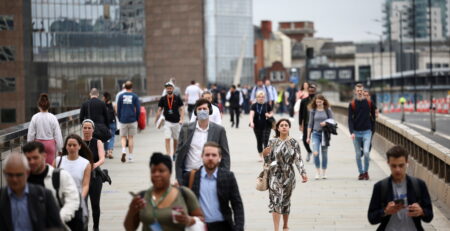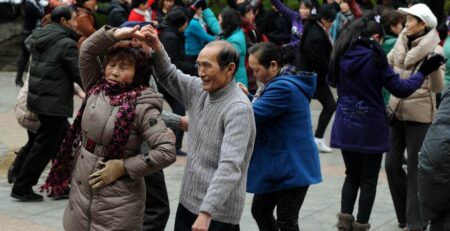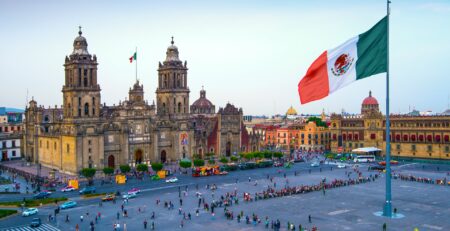Work after COVID: A new regime for independent workers
A spectre is haunting the world – the spectre of COVID-19. The ability of nations to deal with the impact of this pandemic is the most important public policy challenge in decades. In addition to the ineludible health emergency, in a context in which productive lockdowns are reproduced on a global scale, governments face the double challenge of sustaining workers’ incomes and mitigating demand shortages that can deepen an economic depression.
Read also Pension pots around the world during COVID-19
To avoid a social debacle and stabilise workers’ labour income during the lockdown, two broad policy tools have been tested, sometimes simultaneously: job protection through soft credits and direct subsidies to firms conditioned on avoiding layoffs; and, if the crisis is such that not all jobs can be preserved, income protection through the broadening and strengthening of unemployment insurance to workers.
Read also Is quarantine like early retirement? These people think so
Is this the right policy choice? In the developed world, yes. As a recent theoretical paper analysing the economic impact of COVID-19 suggests, in the event of a lockdown of contact-intensive sectors, “full insurance payments to affected workers can achieve the first-best allocation” (Guerrieri et al. 2020).
Job protection (as opposed to income protection) may generally hinder the efficient allocation of resources (for example, by inhibiting labour turnover to accommodate changes in technology), but in times of exceptional crisis a policy based solely on income protection can lead to an excessive volume of layoffs, generating permanent collateral damages from a transitory shock. Hence, the benefits of combining employment and unemployment subsidies in the current emergency.
Read more @Voxeu










